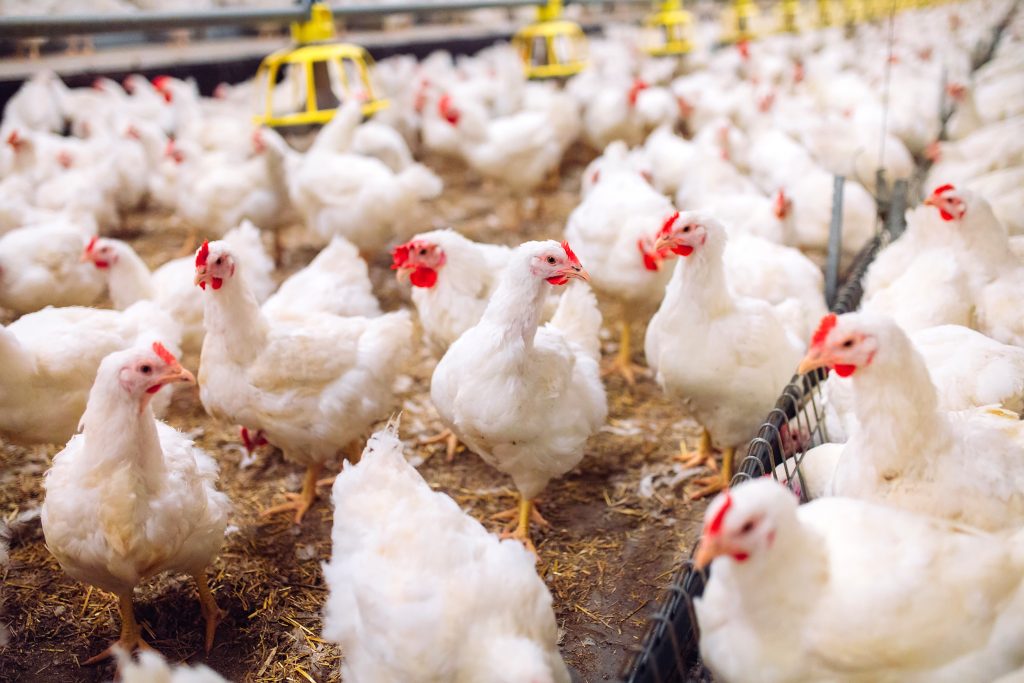
On November 2, 2023, USDA published the final rule to amend organic livestock and poultry production standards. According to USDA, the purpose of the final rule is to “clarify aspects of the existing USDA organic regulations that are not interpreted or enforced in a consistent manner” and to “better assure consumers that organic livestock products meet a consistent standard, as intended by the Organic Foods Production Act.”
The final rule amends livestock care and production practices. In the updated livestock care and production standard section, USDA provided a list of prohibited physical alterations for both avian and mammalian species. The rule affirms that treatment of animal with a synthetic substance not on the approved list or with a non-synthetic substance on the prohibited list would cause the animal to lose its organic status. The rule further affirms that producers may not withhold treatment from an animal even if the animal would lose its organic status.
The final rule also separates the existing living conditions standard into two distinct sections – living conditions for mammalian species, which includes honeybees, and living conditions for avian species. For the mammalian living condition standard, producers must provide enough space for animals to lie down, stand up, and fully stretch their limbs and allow animals to express normal behavioral patterns over a twenty-four-hour period. Additionally, the final rule outlines when mammalian animals may be housed individually or must be housed in groups. Further, the final rule clarifies that animals may be temporarily confined for breeding, but they may not be confined to observe estrus or to confirm pregnancy. For avian species, the final rule describes the requirements for indoor and outdoor spaces, providing producers with two options for calculating the amount of space needed. Lastly the avian living conditions section prohibits total confinement of birds but also provides a list of circumstances that allow for temporary confinement.
Additionally, the final rule creates a standard for transportation and slaughter. Producers are required to ensure organic animals are clearly identified as organic during transport and the identity must be able to be traced for the duration of transport. Producers must also have procedures in place to address emergency problems like livestock escaping. The new section requires modes of transportation to have season-appropriate ventilation and bedding appropriate for the species and mode of transportation. Lastly, the new section reiterates that organic producers must follow all Food Safety Inspection Service laws, regulations, and directives.
Most operations must comply with the new requirements by January 2, 2025, which is one year after the effective date of the rule. However, there are limited exceptions for some avian, broiler, and layer operations. Current certified organic producers will be required to comply with these new regulations to remain certified. Producers seeking to become certified organic will also be required to comply with these new regulations.
For more resources on the National Organic Program, click here.
Article courtesy of: Capaldo, Samantha. “USDA Finalizes Rule on Organic Livestock and Poultry Standards.” Southern Ag Today 4(4.5). January 26, 2024. Permalink















